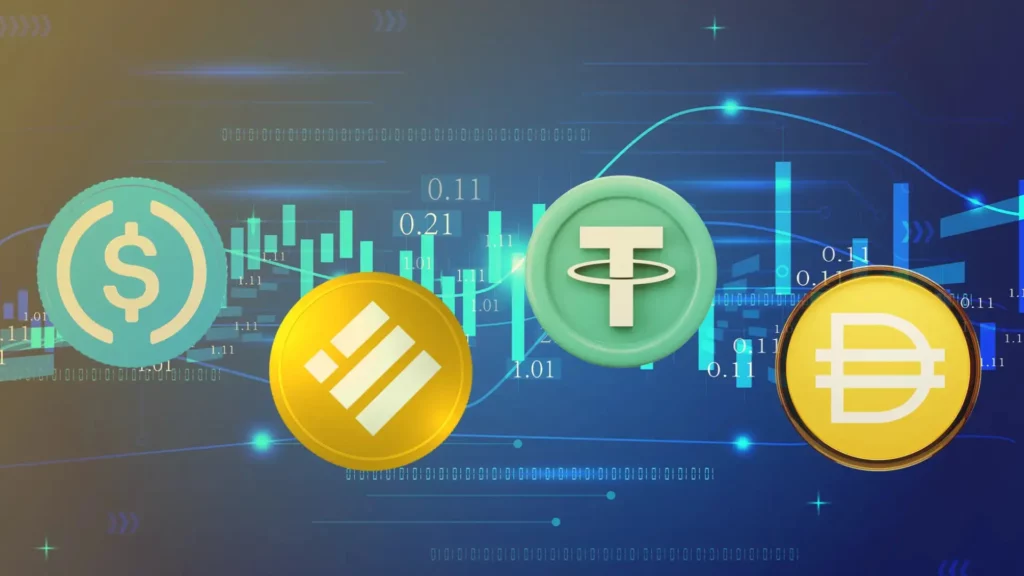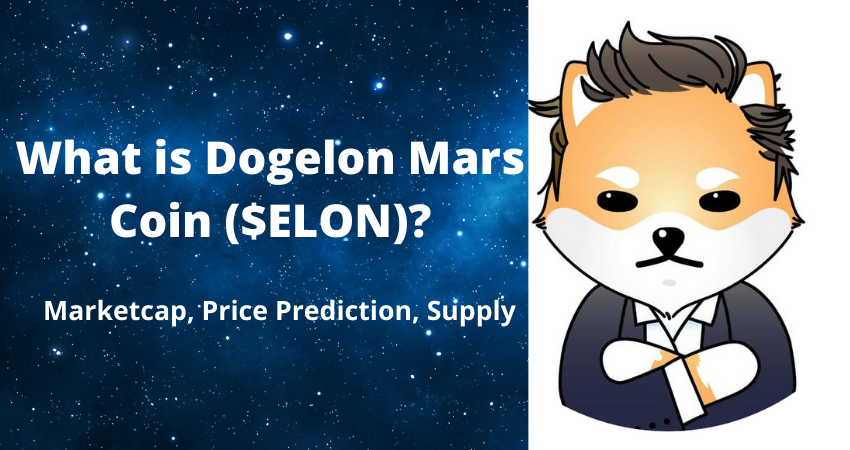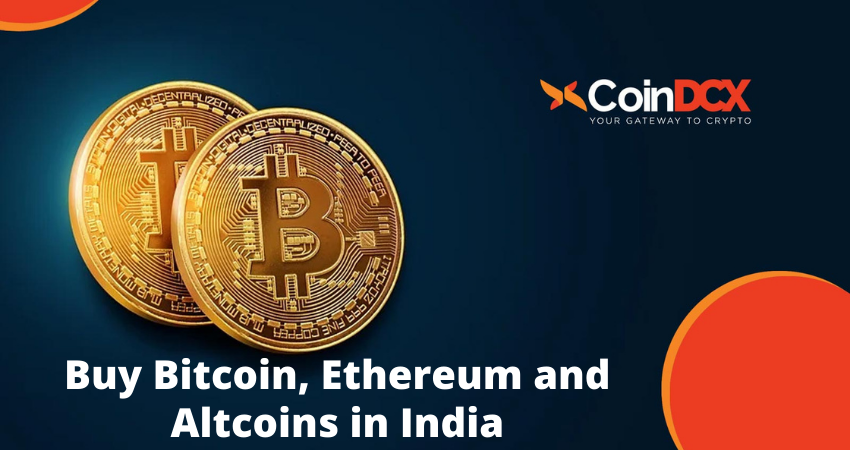The cryptocurrency market is known for its volatility, where prices can swing dramatically in minutes. However, stablecoins have emerged as the calm in this storm—digital assets designed to maintain a stable value by being pegged to traditional assets like the US dollar, euro, or even gold. These coins bridge the gap between crypto innovation and financial stability, making them essential for traders, investors, and institutions alike.
Let’s explore the top stablecoins available in 2025, their mechanisms, advantages, and what makes each one stand out.
1. Tether (USDT)
Launched: 2014
Pegged to: US Dollar (1 USDT = 1 USD)
Market Cap: Over $110 billion (as of 2025)
Overview: Tether (USDT) is the oldest and most widely used stablecoin in the world. It was created to combine the stability of the U.S. dollar with the flexibility of blockchain technology.
Key Features:
- Backed by a reserve of cash and cash equivalents.
- Available on multiple blockchains (Ethereum, Tron, Solana, etc.).
- High liquidity and accepted by almost every crypto exchange.
Use Cases:
- Hedging against crypto volatility.
- Facilitating quick cross-border transactions.
- Common trading pair for Bitcoin and altcoins.
Drawbacks:
- Past controversies around the transparency of reserves.
- Centralized structure, leading to regulatory scrutiny.
2. USD Coin (USDC)
Launched: 2018
Pegged to: US Dollar
Market Cap: Over $30 billion (as of 2025)
Overview: USD Coin, developed by Circle and Coinbase (Centre Consortium), is one of the most transparent and compliant stablecoins. Each USDC is backed by fully verifiable reserves, audited monthly by independent firms.
Key Features:
- Regulated and fully collateralized.
- Supported on multiple blockchains (Ethereum, Solana, Avalanche, etc.).
- Designed for institutional trust and regulatory compliance.
Use Cases:
- Ideal for DeFi applications.
- Popular in business transactions due to transparency.
- Used in Web3 payments and cross-border settlements.
Drawbacks:
- Centralized control allows freezing of wallets in compliance cases.
3. DAI
Launched: 2017
Pegged to: US Dollar
Market Cap: Around $5 billion (as of 2025)
Overview: DAI, developed by MakerDAO, is the leading decentralized stablecoin. Unlike USDT and USDC, DAI isn’t backed by cash but by crypto collateral such as Ether (ETH) and other digital assets.
Key Features:
- Fully decentralized and governed by smart contracts.
- Maintains its peg using over-collateralization and autonomous market mechanisms.
- Integral to the DeFi ecosystem.
Use Cases:
- Decentralized lending and borrowing.
- Store of value for DeFi investors.
- Collateral in decentralized exchanges (DEXs).
Drawbacks:
- Can lose its peg during high volatility.
- Complex mechanism compared to fiat-backed stablecoins.
4. Binance USD (BUSD)
Launched: 2019
Pegged to: US Dollar
Issued by: Paxos in partnership with Binance
Overview: BUSD was one of the fastest-growing stablecoins until early 2024, when regulatory challenges caused Paxos to halt new issuance. However, existing tokens still circulate widely.
Key Features:
- Regulated by the New York State Department of Financial Services (NYDFS).
- 1:1 fully backed by USD reserves.
- Integrates seamlessly with Binance’s ecosystem.
Use Cases:
- Trading within the Binance exchange.
- Stable liquidity for Binance Smart Chain (BSC) projects.
Drawbacks:
- Limited new issuance post-2024.
- Regulatory restrictions may affect future adoption.
5. TrueUSD (TUSD)
Launched: 2018
Pegged to: US Dollar
Overview: TrueUSD is known for its real-time reserve audits and emphasis on transparency. It offers users verifiable proof of USD backing, enhancing trust among traders.
Key Features:
- Real-time attestation by third-party accountants.
- Widely used on exchanges and DeFi platforms.
- Supported on Ethereum, Tron, and BNB Chain.
Use Cases:
- Trading, staking, and yield farming.
- Stable payments and savings.
Drawbacks:
- Centralized issuance model.
- Liquidity is smaller than USDT or USDC.
6. PayPal USD (PYUSD)
Launched: 2023
Pegged to: US Dollar
Issued by: Paxos in partnership with PayPal
Overview: PayPal USD (PYUSD) marks the entry of a major global payments giant into blockchain-based finance. It combines the reliability of PayPal’s ecosystem with the transparency of blockchain technology.
Key Features:
- Fully backed by USD deposits and U.S. Treasuries.
- Available for payments, transfers, and conversions within PayPal and Venmo.
- Expanding interoperability with Ethereum-based applications.
Use Cases:
- Seamless crypto-fiat payments.
- E-commerce and global remittances.
Drawbacks:
- Centralized under PayPal’s control.
- Limited adoption outside PayPal’s ecosystem (for now).
7. Gemini Dollar (GUSD)
Launched: 2018
Pegged to: US Dollar
Issued by: Gemini Trust Company
Overview: GUSD is a regulator-friendly stablecoin issued by Gemini, the exchange founded by the Winklevoss twins. It emphasizes compliance and security above all.
Key Features:
- Audited monthly by a public accounting firm.
- Fully regulated under NYDFS.
- Works seamlessly across Ethereum-based platforms.
Use Cases:
- Ideal for institutional users.
- Trusted option for stable value transfers.
Drawbacks:
- Lower liquidity compared to other stablecoins.
- Limited presence in decentralized applications.
Conclusion: Choosing the Right Stablecoin
Stablecoins have become the backbone of the crypto economy, enabling trading, payments, and decentralized finance.
Here’s a quick summary:
- Best for Liquidity: Tether (USDT)
- Best for Transparency: USD Coin (USDC)
- Best Decentralized Option: DAI
- Best for Institutional Use: Gemini Dollar (GUSD)
- Best for Payments: PayPal USD (PYUSD)
As the crypto industry matures, stablecoins will play an even more crucial role in connecting traditional finance with blockchain-based innovation. Whether you’re a trader, investor, or developer, understanding these stablecoins helps you make smarter, safer financial decisions in the evolving world of digital assets.
I am Pawan Kashyap currently living in Amritsar. I always try to grab new things from the cryptocurrency market. From my observations and trends in the market, I always try to provide the best and accurate information in the form of articles from this blog. Follow us on Facebook, Instagram, and Twitter to join us.







